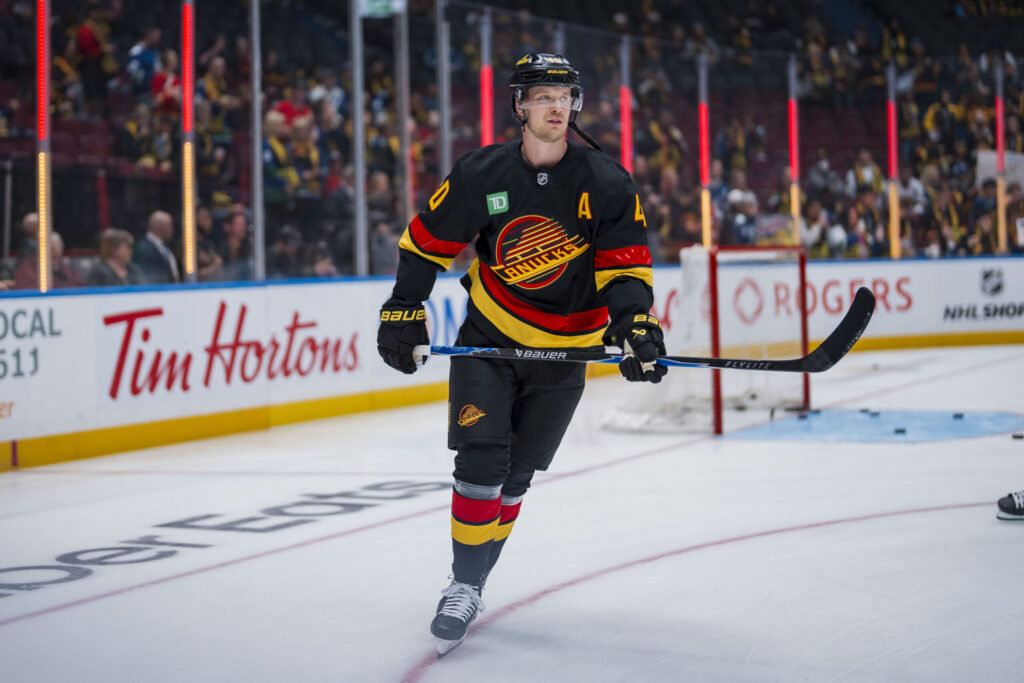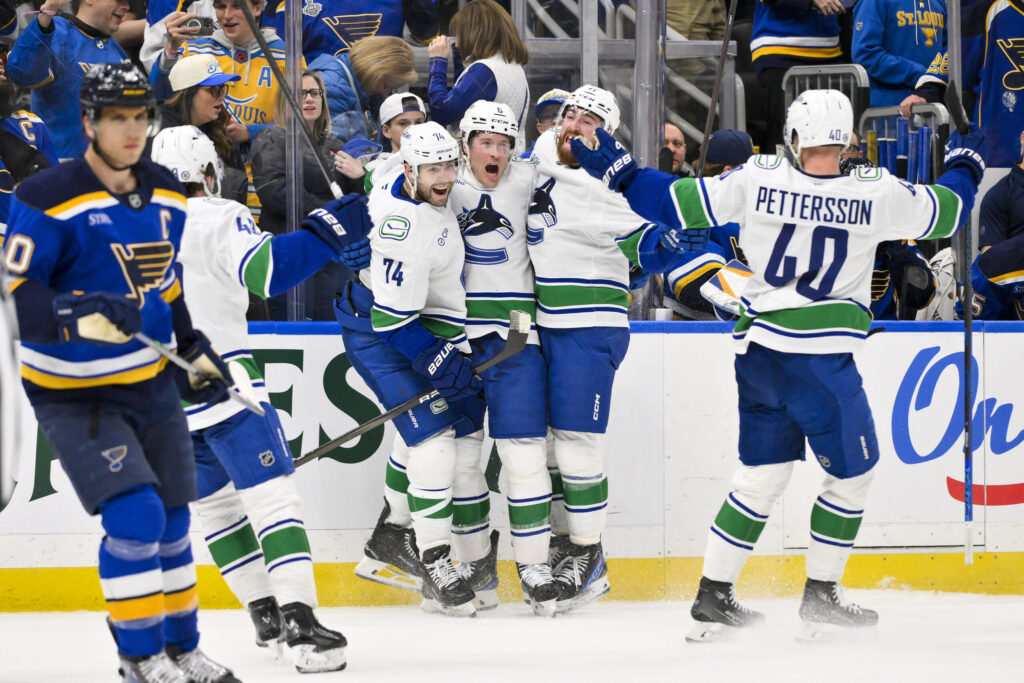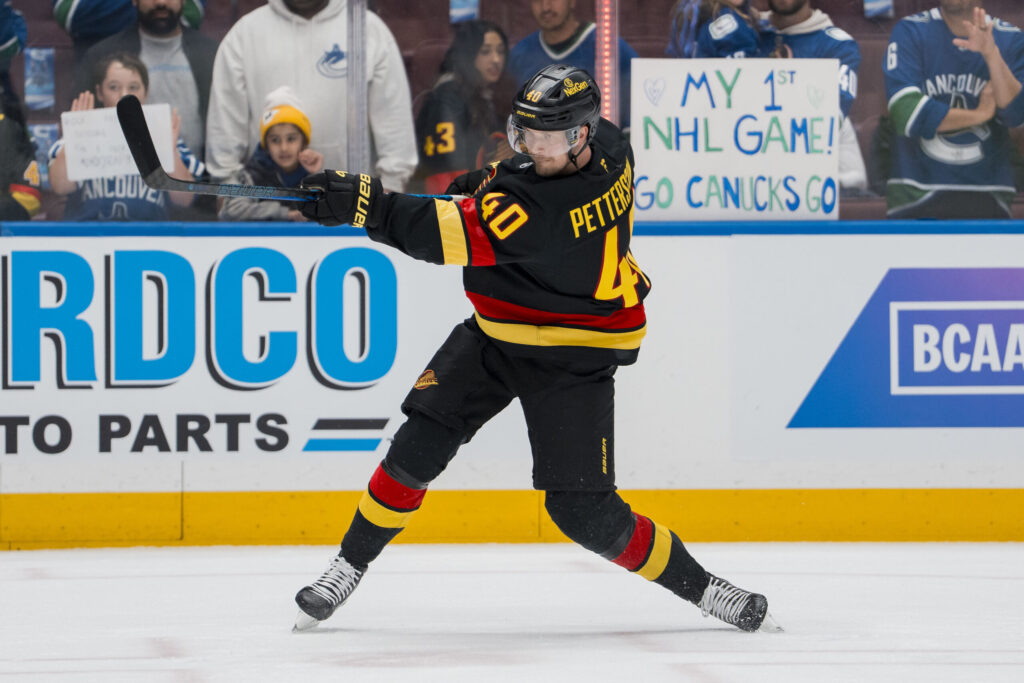The Vancouver Canucks entered the 2025-26 season with a familiar mix of cautious optimism and palpable pressure. But just four games into the campaign, a familiar anxiety has gripped the fanbase, centered on the performance of the team’s highest-paid player and designated cornerstone, Elias Pettersson. His sluggish start isn’t just a statistical anomaly; it’s a complex issue woven from immense pressure, questionable deployment, and the lingering echoes of a disastrous previous season.
The Numbers Don’t Lie
To put it bluntly, Pettersson’s production through the opening week has been that of a fourth-line grinder, not an elite centre earning $11.6 million against the cap. The stat line is as stark as it is concerning: two assists, a meagre three shots on goal, and—most alarmingly—just a single shot registered at five-on-five.

For a player whose identity is built on dynamic, puck-dominant offence, these figures are a red flag. Pettersson himself is under no illusions about his performance. “I want three shots a game or even more,” he admitted to reporters, acknowledging the obvious. “I have to be better.” It’s a simple statement, but one that underscores a difficult reality. The Canucks are built around Pettersson driving the offence, and right now, the engine isn’t even turning over.
Also on the EDGE – 3rd Period Tsunami: Canucks Drown Flames 5-1 in Season Opener
The Echoes of a Down Year
This slow start cannot be viewed in a vacuum. It’s a continuation of a deeply troubling trend. Pettersson is coming off a 2024-25 campaign that saw his production plummet to just 45 points in 64 games—a massive regression from the 102- and 89-point seasons that earned him a mammoth eight-year, $92.8 million contract. Now in the second year of that deal, the pressure to validate the organization’s faith in him is immense.
That pressure is compounded by recent franchise-altering decisions. The trade of J.T. Miller to the New York Rangers last season was, in part, a move to clear the deck and officially hand the team’s offensive reins to Pettersson. Any friction that may have existed between the two is gone, but so is the convenient excuse. As one source noted, the “easy out” involving Miller is “slowly losing steam.” The spotlight is now fixed squarely on number 40.
Adding another layer of urgency is the future of captain Quinn Hughes. With Hughes entering the final year of his contract next season, the Canucks’ performance over the coming months is essentially a sales pitch. Proving the team is a legitimate contender is critical to convincing the franchise defenceman to sign a long-term extension. As former Canuck Jannik Hansen bluntly stated, without a true number one centre firing on all cylinders, Vancouver will not make the playoffs. If Pettersson doesn’t start pulling his weight, the team’s 2-2-0 start “could get much worse.”

A Question of Confidence and Coaching
Beyond the scoresheet, Pettersson’s on-ice demeanour has been a cause for concern. During a 5-2 loss to the St. Louis Blues, a blue-line turnover by Pettersson led directly to the Blues’ opening goal. The immediate aftermath was telling: his head dropped, his shoulders sagged. It wasn’t the look of a player who didn’t care, but rather one who looked mentally defeated. The consensus among observers isn’t that he’s “floating or mailing it in,” but that he looks “fried—just done.” When your top-line centre appears so drained, it sends a flat, uninspired signal throughout the entire lineup.
This raises a classic chicken-or-the-egg dilemma when looking at the decisions of new head coach Adam Foote. Is Pettersson’s reduced ice time a consequence of his poor play, or a contributing factor to it?
His deployment has been, to say the least, perplexing. Through four games, Pettersson is averaging just 15:57 of ice time per night, a staggering drop of nearly three minutes from his 18:35 average last season. Even more revealing is the distribution of those minutes. Newcomer Filip Chytil is being deployed “more like a No. 1 centre,” averaging nearly a full minute more than Pettersson in all situations. At five-on-five, the disparity is a chasm: Chytil ranks 14th in the entire NHL in five-on-five ice time per game; Pettersson sits at 264th.
While Pettersson has undeniably been “terrible,” as some insiders put it, there’s a strong argument that you cannot expect an $11.6 million player to find his rhythm playing third-line minutes. To get number one centre results, you have to provide number one centre opportunities—the normal 18, 19, or 20 minutes a night, playing through the mistakes.
A Glimmer of Hope in the Analytics?
For those searching for a silver lining, it may lie deep within the underlying data. Despite the lack of finishing, the Canucks have been effective when Pettersson is on the ice at five-on-five. According to Natural Stat Trick, the team has controlled a dominant 68.26% of expected goals and 59.26% of scoring chances with him deployed.
In layman’s terms, this means that his line, which includes Brock Boeser and Jake DeBrusk, is tilting the ice in the right direction and generating quality opportunities, even if the puck isn’t finding the back of the net. This suggests a disconnect between process and results—a sign that a breakthrough could be imminent if they stick with it. The process is sound; the finish is just absent.

It is, of course, far too early in an 82-game season to panic. But for Elias Pettersson and the Vancouver Canucks, the opening week has established a narrative they must rewrite immediately. The franchise has bet its future on him, and the weight of that bet is showing. Whether through a tactical adjustment from the coaching staff, a mental reset from the player, or simply a bit of puck luck, something has to give. The longer this continues, the more a superstar’s slump looks like a franchise’s crisis.
Created with the aid of Gemini AI
